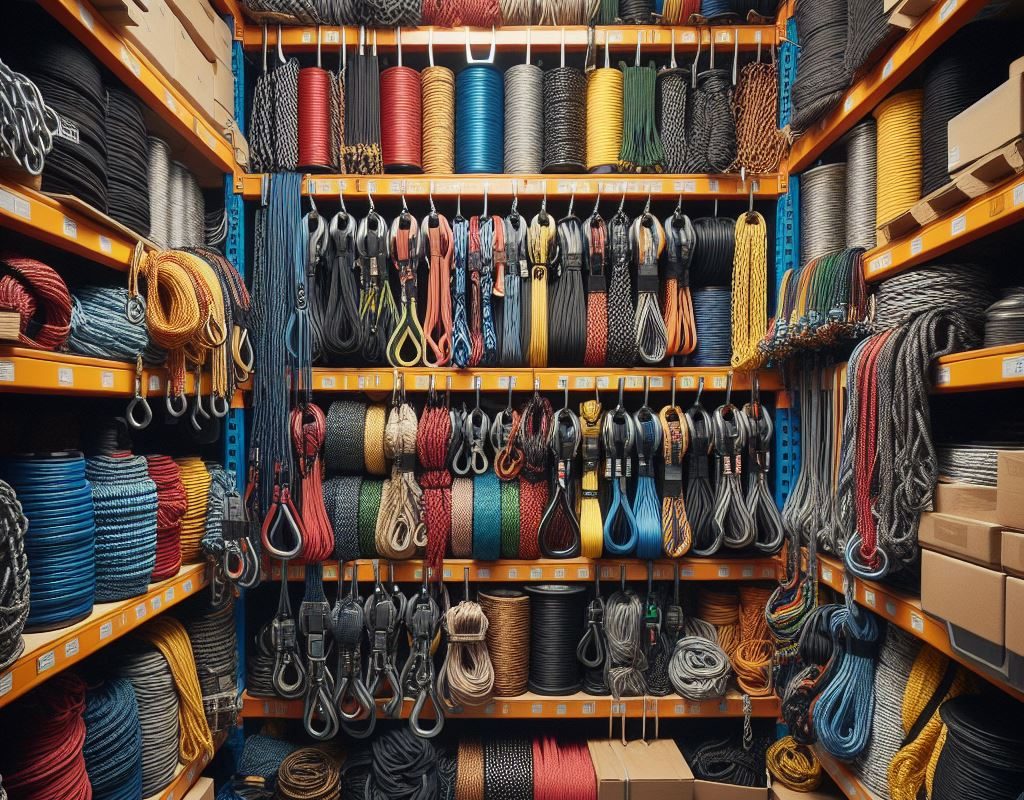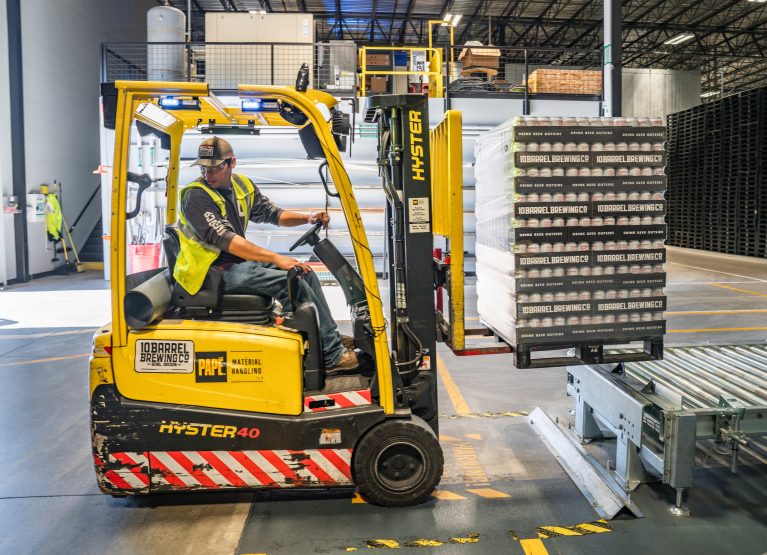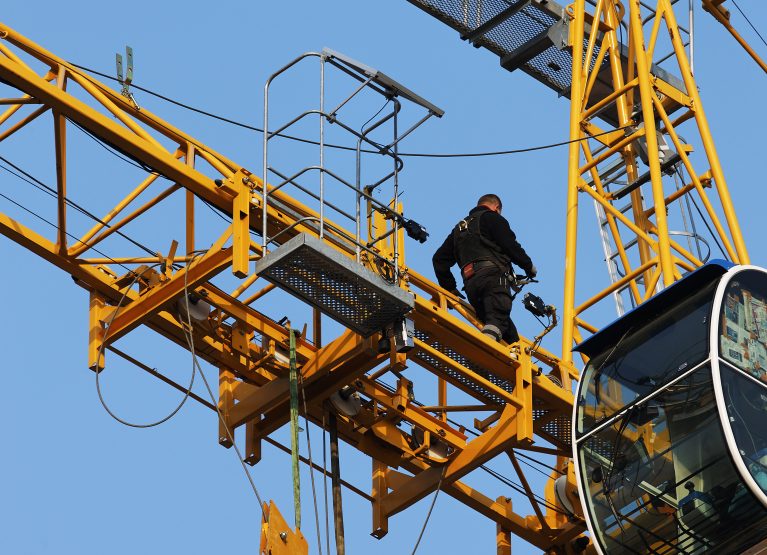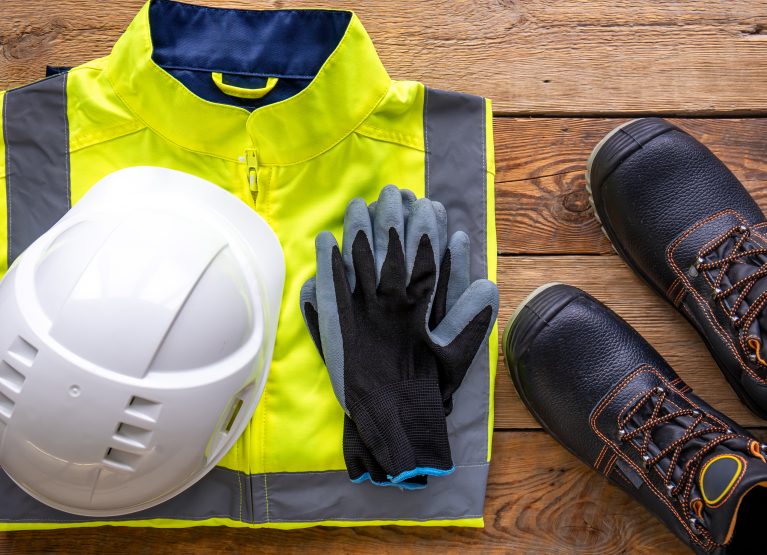Dealing with large loads can present obstacles, but with the appropriate equipment, it can be made safer and easier to handle. The lifting sling is a crucial tool in material handling, serving a wide range of industries such as construction, manufacturing, and logistics. It comes in various types and materials, making it a versatile and essential component. But before telling you about how to use lifting slings, we’ll just briefly touch upon the basics.
WHAT IS A LIFTING SLINGS?
Lifting slings play a vital role in the safe and efficient handling of heavy loads. As their name suggests, these devices work by positioning themselves beneath the object, creating a sling that enables safe and efficient lifting with the help of a crane. These versatile tools come in a wide range of types and materials, making them essential in industries such as construction, manufacturing, and logistics.
DIFFERENT TYPES OF LIFTING SLINGS
Nylon slings are great for everyday lifting—light, flexible, and resistant to moisture. Polyester slings resist UV and chemicals, with low stretch for delicate loads. Chain slings, durable and heat-resistant, tackle heavy-duty lifting. Wire rope slings, strong and tough, handle irregular loads. Each sling suits different needs, ensuring safe and efficient lifting in various industries.
HOW TO SAFELY USE LIFTING SLINGS
- To ensure that the lifting sling is in good shape, it should always be inspected before it is used.
- When you want to avoid potential mishaps, injuries, or damage to equipment, you should never use a sling that is damaged.
- Webbing slings offer protection across a wider surface area, while round slings offer flexibility when dealing with uneven loads. Choose the sling that is most appropriate for the task at hand.
- Check the product pages for explicit specifications regarding the working load limit (WLL) of the sling. Do not exceed the WLL of the sling.
- Make sure that the sling is securely attached to the load by employing the appropriate rigging techniques to prevent it from sliding and slipping.
- To have the best possible control while lifting, it is important to locate the point of lifting that is directly above the center of gravity of the load.
- It is important to take into consideration the weight of the load while choosing a lifting sling that is suitable for the specific requirements of the task.
Conclusion
If you’re getting lifting slings from Marvi Sons, be sure to check out this guide for safe and effective use of this equipment. Your safety and efficiency matter!




